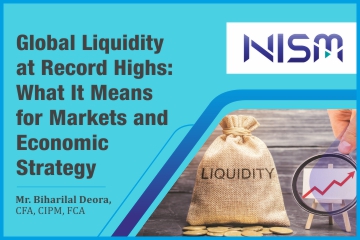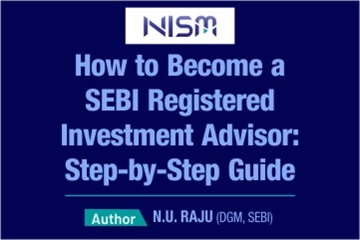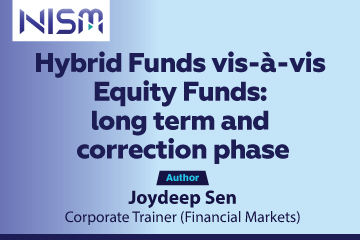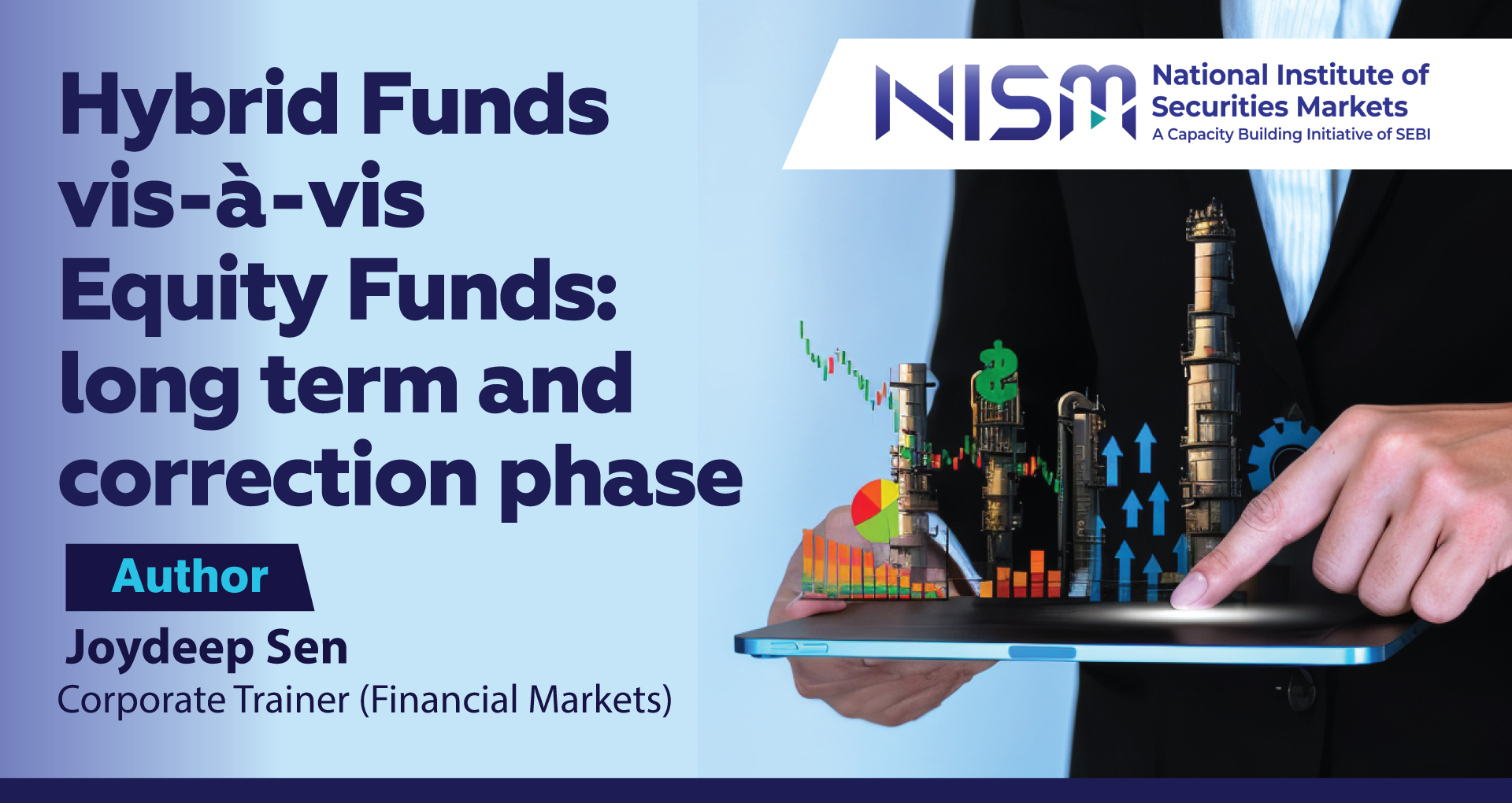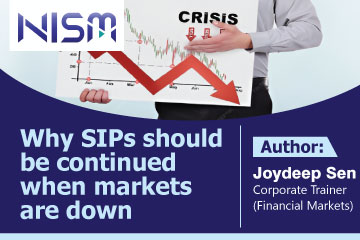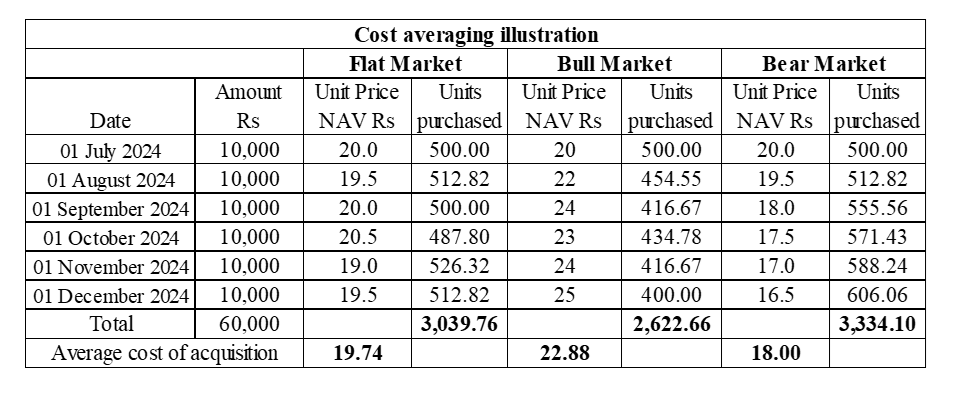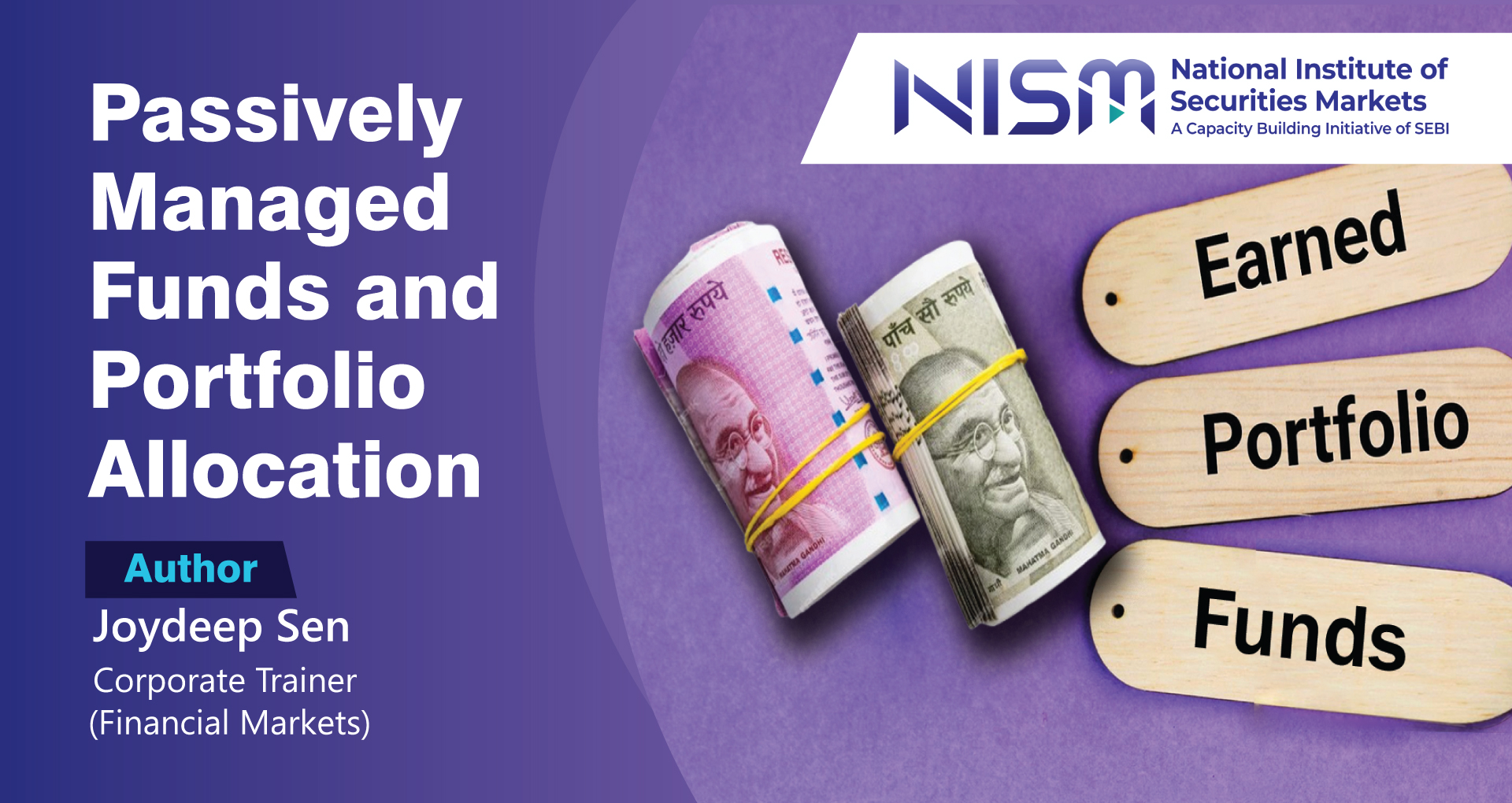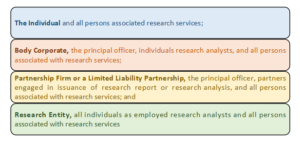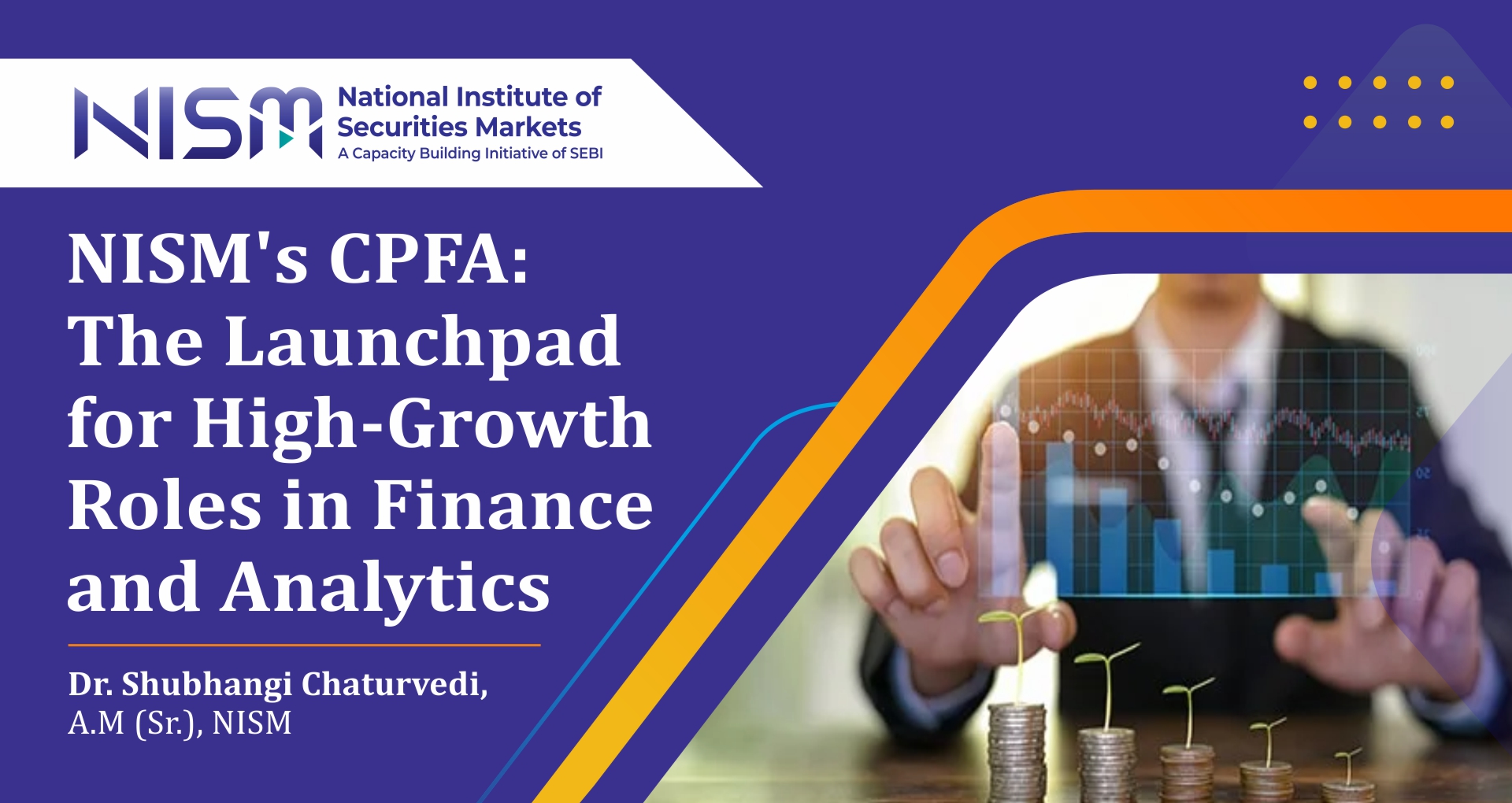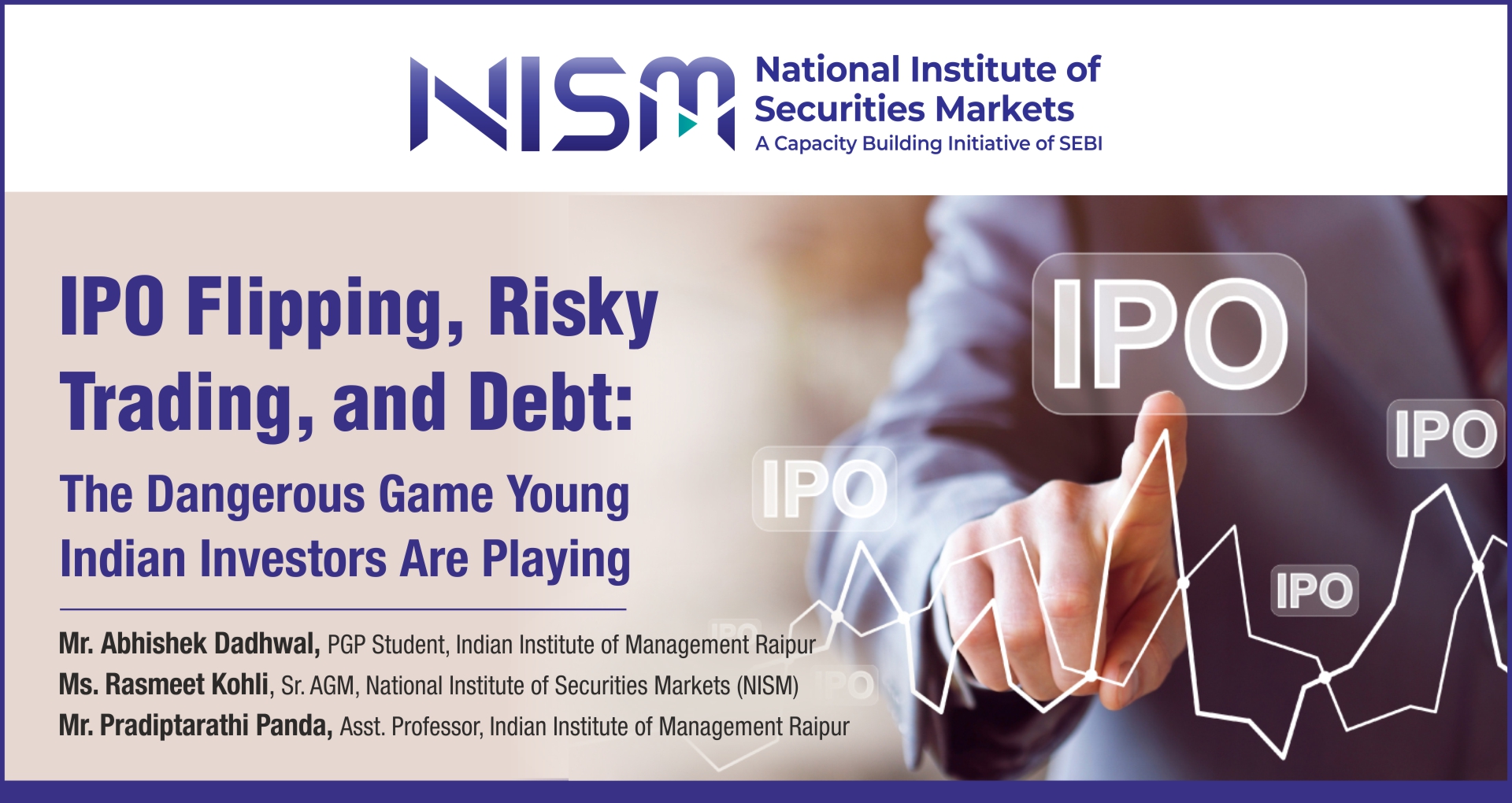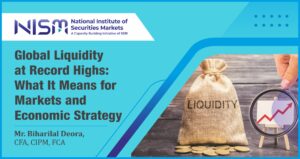
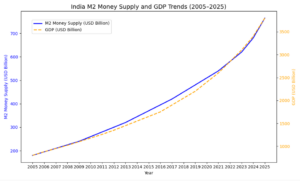
In May 2025, the U.S. M2 money supply reached an unprecedented $21.9 trillion, while India’s M2 stood at ₹67.73 trillion (~$765bn). These figures reflect decades of monetary expansion driven by economic crises, policy interventions, and evolving financial systems. But what does this surge in liquidity mean for markets, interest rates, inflation, and long-term economic planning?
Money supply refers to the total amount of money circulating in an economy at a given point in time. It includes physical currency, demand deposits, and other liquid assets. Economists and central banks track money supply to understand liquidity conditions and guide monetary policy.
- 1. Understanding Liquidity and Money Supply
Liquidity refers to the ease with which assets can be converted into cash without affecting their price. A high money supply, especially M2, which includes cash, savings deposits, and money market instruments means more money is available in the economy.
Why Does Money Supply Matter?
- More money = more spending: When households and businesses have more cash, consumption and investment rise.
- Lower interest rates: Central banks often inject liquidity to reduce borrowing costs and stimulate growth.
- Asset price inflation: Excess money often flows into stocks, real estate, and commodities, pushing prices up.
Example: After the 2008 financial crisis and the COVID-19 pandemic, central banks globally used quantitative easing (QE) to inject liquidity. This helped stabilize economies but also inflated asset prices.
- 2. Impact on Financial Markets and Interest Rates
- a. Asset Valuations
Increased liquidity tends to boost demand for financial assets:
- Equities: Investors chase returns in stock markets, driving up valuations.
- Real Estate: Low interest rates make home loans cheaper, increasing property demand.
- Gold and Crypto: Seen as hedges against inflation, these assets also attract liquidity-driven investments.
- b. Interest Rates and Bond Yields
When money supply increases faster than output, inflation can rise. To counter this, central banks may raise interest rates, which can cool demand but also slow growth. Central banks must balance liquidity with inflation control:
- US. Federal Reserve: Faces pressure to raise rates if inflation expectations rise.
- Reserve Bank of India (RBI): Has taken a cautious approach, gradually normalizing rates while supporting credit growth.
- 3. Currency and Inflation Dynamics
- a. Currency Strength
- US. Dollar (USD): Despite high liquidity, the dollar is still strong due to global demand and its reserve currency status.
- Indian Rupee (INR): Faces depreciation pressure due to trade deficits and capital outflows, though RBI interventions help stabilize it.
Example: In 2024-25, the rupee hovered around ₹83–85 per USD, influenced by oil prices, FPI flows, and global interest rate trends.
- b. Inflation Outlook
Inflation occurs when too much money chases too few goods. Productivity improvements and efficient supply chains can help offset this. While inflation has moderated post-pandemic, excess liquidity is still a latent risk:
- India: Food and fuel prices are key drivers. Supply-side reforms (e.g., logistics, Agri-tech) are essential to control inflation.
- Global: Wage growth and energy prices are major factors. Central banks are closely monitoring inflation expectations.
- 4. Credit Growth and Economic Strategy
- a. Banking Sector and Credit Expansion
Liquidity supports credit growth, which can fuel GDP if directed productively:
- India: Robust growth in retail loans(housing, personal loans) and infrastructure financing. NBFCs and FinTech’s are playing a growing role.
- Global: Credit growth is more cautious, especially in developed markets where debt levels are already high.
- b. Strategic Implications
- For Policymakers: Focus on channelling liquidity into productive sectors-manufacturing, green energy, digital infrastructure.
- For Investors: Diversify portfolios, hedge against inflation, and monitor central bank signals.
- For Learners: Understand how macroeconomic indicators like money supply, inflation, and interest rates interact to shape financial markets.
Conclusion: Navigating a Liquidity-Driven World
The surge in global and Indian money supply reflects both past economic interventions and future growth ambitions. While liquidity can support recovery and investment, it also brings risks-asset bubbles, inflation, and currency volatility.
For learners and market participants, understanding the basics of monetary economics is essential. Whether you’re analysing stock trends, evaluating bond yields, or planning long-term investments, keeping an eye on liquidity trends can provide valuable insights.
Author: Mr. Biharilal Deora, CFA, CIPM, FCA

